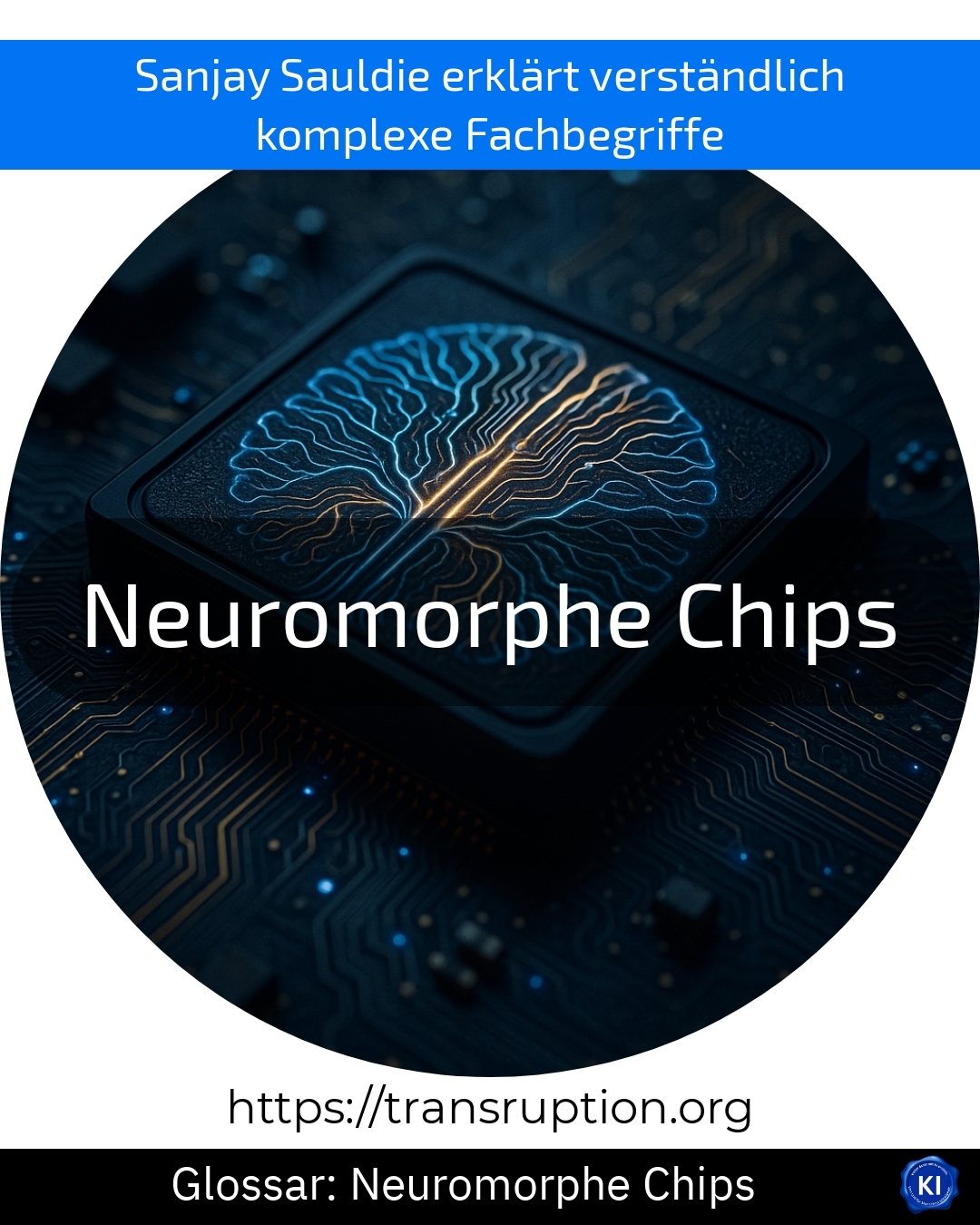Neuromorphic chips are primarily found in the fields of artificial intelligence, Industry and Factory 4.0 and digital transformation. They represent a new generation of computer chips that mimic the human brain. In contrast to conventional chips, which process strict commands step by step, neuromorphic chips learn by imitating the networking and functioning of nerve cells. This makes them particularly energy-efficient and fast - especially when recognising patterns and making decisions.
In practical terms, this means that in a modern production line, neuromorphic chips can enable machines to recognise errors in real time by evaluating image data in a similar way to the human eye. They are constantly learning and react flexibly without having to be reprogrammed. In autonomous driving, these chips also help to recognise sudden obstacles directly and allow the vehicle to react quickly.
Thanks to their intelligent design, neuromorphic chips could replace conventional computers in the future for tasks such as image recognition, speech processing or machine learning and thus decisively advance the development of smart, self-learning systems.















